Israel’s overt ground intervention into Lebanon is now entering its third week. So far, the Israeli Defense Forces have advanced just a few miles in and established control in a number of locations across the border. The IDF itself has described its ground action on the border as consisting of “limited, localized and targeted raids.” Standing at a border observation post a few days ago, my impression was that this description appears accurate, at least for now. Looking across to the towns of Bint Jbeil, Maroun a Ras, Ain Ebel and Ait a Shaab, we heard the occasional sound of artillery cannons. Twice, we saw interceptions of ordnance fired from the Lebanese side. But I remembered the intensity of the exchanges of fire and the concentration of forces along the same border, eighteen years ago, in 2006. No comparison. At least for now.
So what are the goals of Israel’s campaign in Lebanon? And where may things be heading? As of now, it appears that the IDF is engaged in a methodical, slow move to degrade and destroy the extensive infrastructure along the border that Hezbollah has built up since the 2006 war. This includes a system of tunnels, large stockpiles of weaponry, IEDs, anti tank launchers and missiles. This infrastructure is not located solely in the hilly, rocky ground of southern Lebanon. Rather, as reporters (including myself) recorded prior to the war, it is woven into the villages and populated areas of the south. Garages are used for storage of weapons, prepared positions are located in private houses, tunnels extend under villages to just a few feet from the borderline.
The methodical, limited Israeli operations along the border are accompanied by a far more extensive, intelligence-led campaign from the air. This open-ended campaign, it is now plain to see, is intended to systematically degrade Hezbollah’s leadership and command structures in precisely the way that the ground operation is dismantling the physical infrastructure along the border.
The results of the air campaign so far have been dramatic. Hezbollah’s historic leader Hassan Nasrallah was killed on September 23, his successor, Hashem Safiedinne taken out a few days later, the movement’s military commander Fouad Shukr assassinated in August, Radwan force commander Ibrahim Aqil killed a few weeks later. Beneath these famous names, a whole layer of mid level commanders and operatives have also been removed from the board. In the latest move, Hezbollah’s long serving security chief Wafiq Safa was targeted in an Israeli airstrike on central Beirut last Thursday. Safa survived the attack, but was critically wounded.
The current dimensions of the Israeli operation are fairly clear. While the possibility that the ground operation could yet expand cannot be ruled out at some future point, there are no current indications of this.
The political and diplomatic side of events however, and the pathway to Israel’s strategic objectives via the current activities, seems much more opaque. As of now, the stated goal of the Israeli campaign is to enable 60,000 Israeli internal refugees to return to their homes in border communities. Some of these individuals and their families were evacuated after Hezbollah began attacks on October 8. Others left of their own accord. Very few of them are willing to return until at the very least Hezbollah’s presence immediately adjoining the border is ended.
The main US diplomatic angle at present appears to be an effort to use Israel’s degrading of Hezbollah capabilities to force political change in Lebanon. Hezbollah’s deputy leader Naim Qassem said on Saturday that the movement would no longer insist on any ceasefire being linked to a similar ceasefire in Gaza. But the US appears to be focused on securing Hezbollah concessions on the appointment of a new president in Lebanon. This post has been vacant since President Michel Aoun’s term ended in October, 2022. Hezbollah has been insisting on its own preferred candidate, Suleiman Frangieh, taking up the position. The parliament is divided, the situation deadlocked. Washington hopes that Hezbollahs travails may induce flexibility in this regard.
Simply put: the state within a state inserted by Iran into Lebanon, which goes by the name of Hezbollah, is stronger than the official Lebanese state
The problem is that the appointment of a new president would not address the fundamental point in Lebanon, which polite political and diplomatic society still seems unwilling to confront: namely, that the official Lebanese state institutions are not able to issue orders to Hezbollah, and have no mechanism for imposing their will on the organization.
Simply put: the state within a state inserted by Iran into Lebanon, which goes by the name of Hezbollah, is stronger than the official Lebanese state. So any arrangement which relies on the Lebanese state imposing its will on Hezbollah is doomed in advance to failure. Given that this is the case, the US diplomatic effort regarding the Lebanese presidency amounts to so much whistling in the wind. Hezbollah can be destroyed or driven back in Lebanon only by force. The Lebanese Armed Forces, which include a large Shia element with its own contacts to the movement, cannot achieve this.
That leaves Israel. But as of now at least, as noted above, the dimensions of the Israeli campaign, telling as they are, appear to fall short of what would really be needed to severely and permanently downgrade Hezbollah. And once the IDF withdraws from the areas it currently holds, as the US is keen for it to do, what is to stop Hezbollah from returning and rebuilding once again (unless a permanent Israeli buffer zone is established).
In one of the more ludicrous developments, the UN forces in Lebanon, having failed to implement Resolution 1701’s requirement to prevent Hezbollah’s presence south of the Litani, now seem determined to prevent Israel from implementing this either. But the matter of UNIFIL, while garnering media attention at present, is ultimately a side issue.
The key point is that the current dimensions of Israel’s campaign in Lebanon, and the diplomacy surrounding them, appear to be incommensurate with the achievement of Israel’s stated goals. Whether this implies an eventual broadening of these dimensions, or whether it is an example of the familiar Israeli combination of tactical brilliance and strategic incoherence, is not yet clear.
This article was originally published on The Spectator’s UK website.



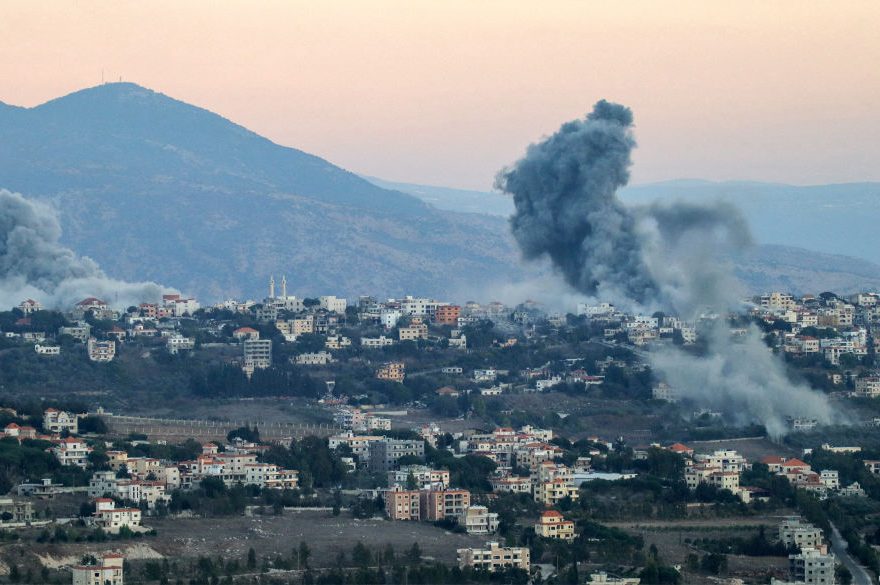








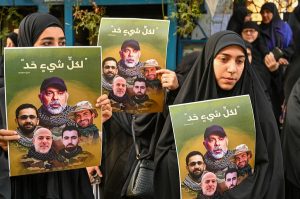

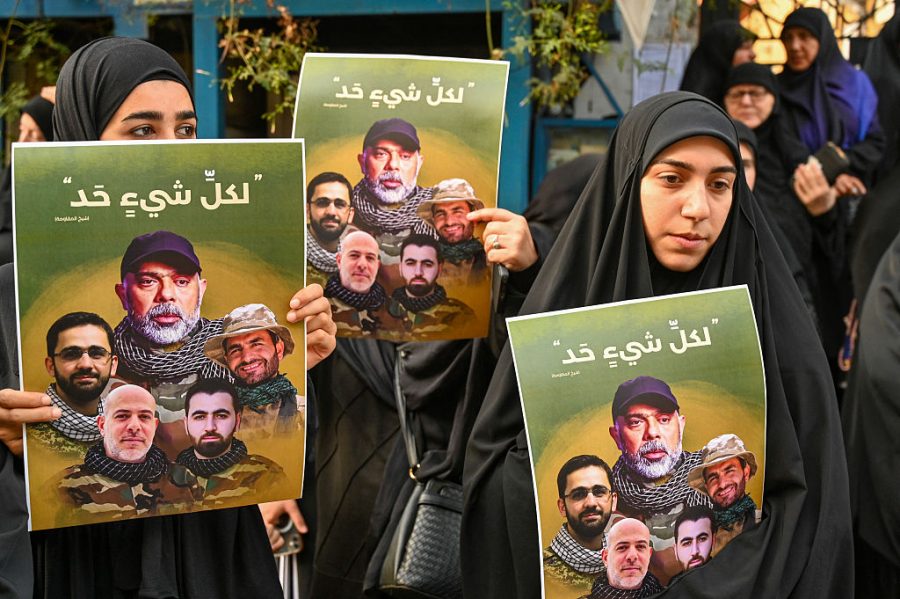
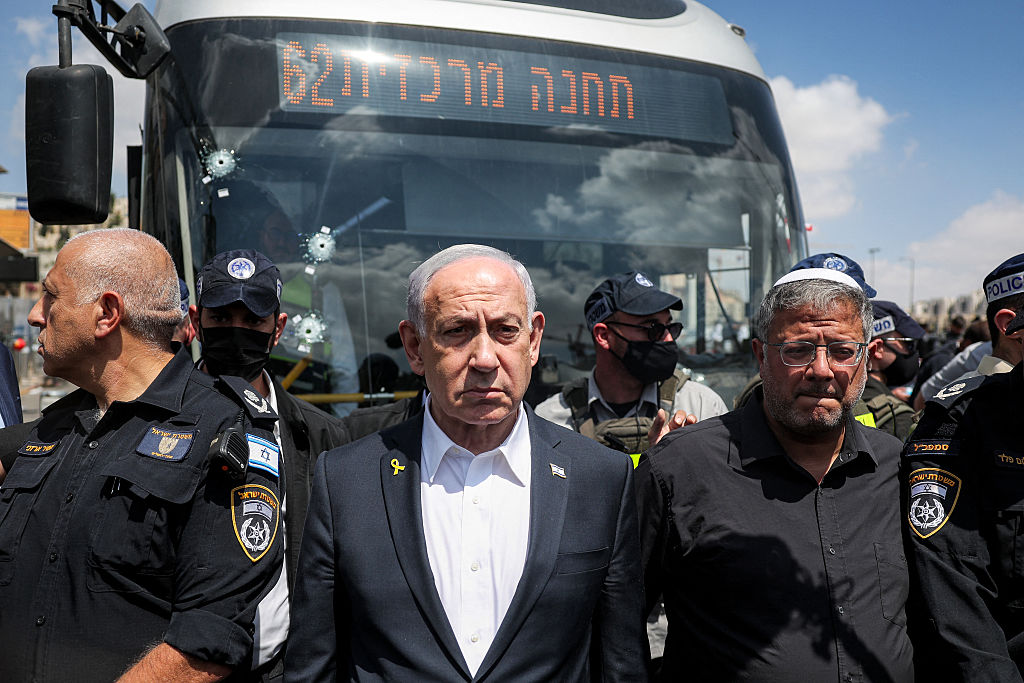
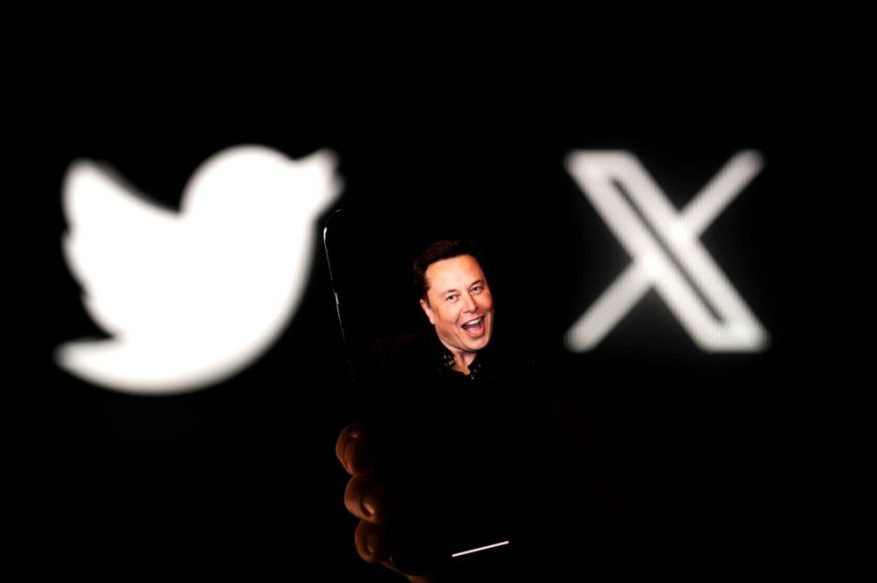
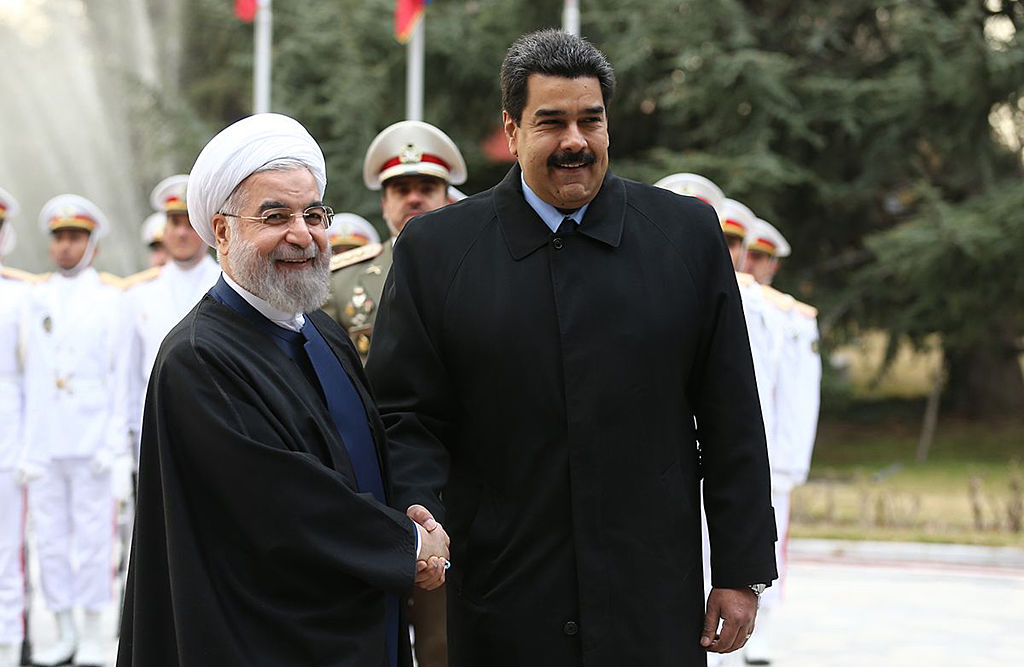
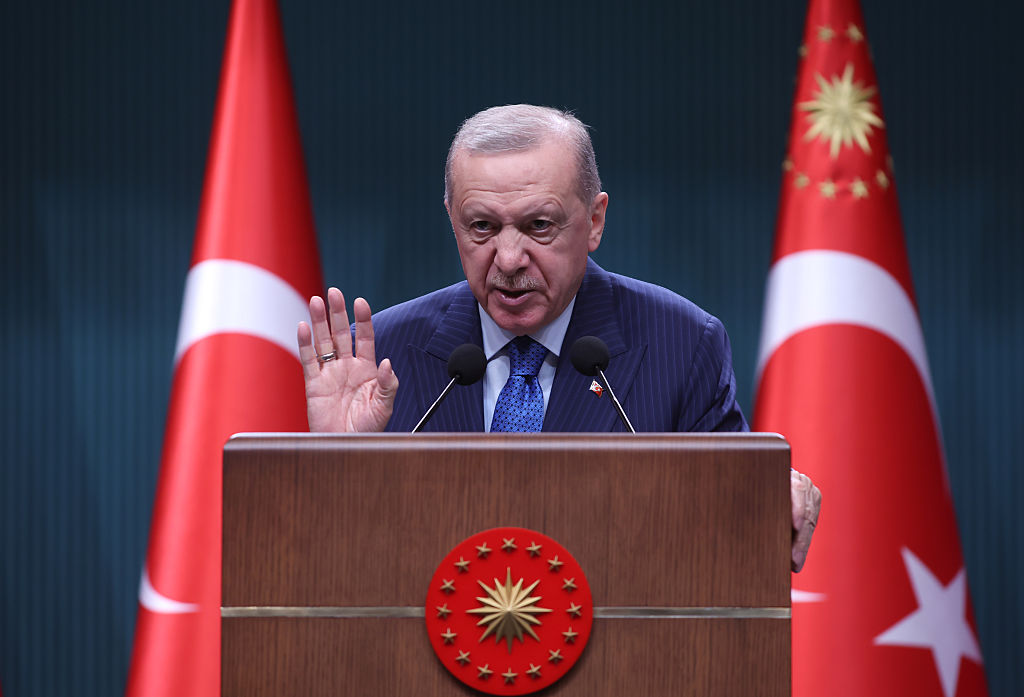







Leave a Reply